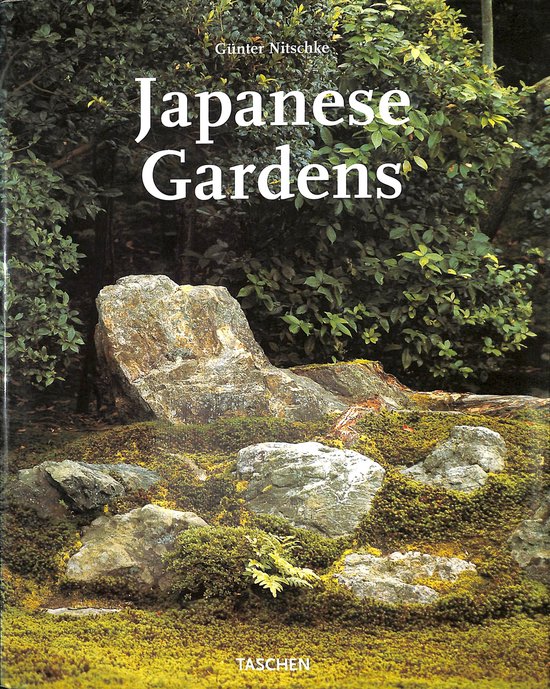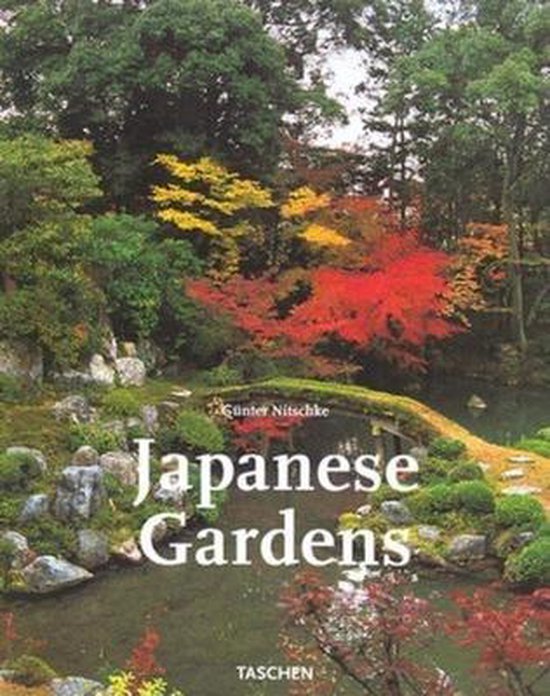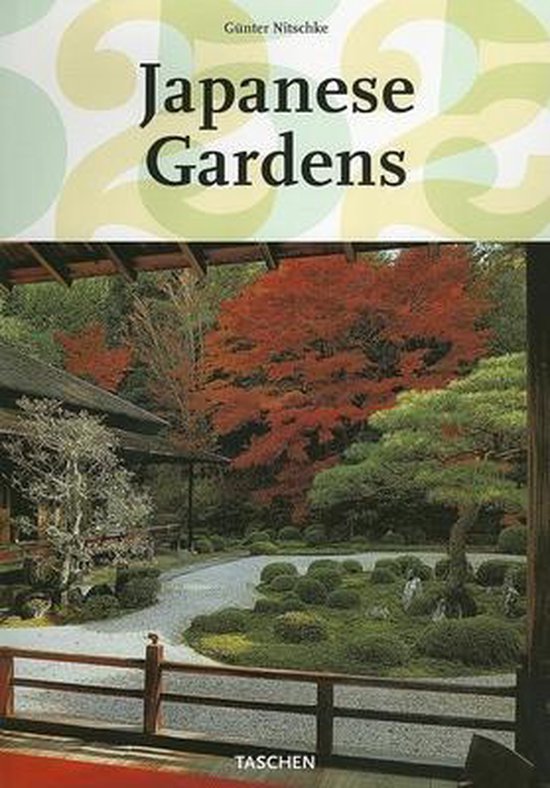
Japanese Gardens
The Japanese garden, like all gardens, is more than mere nature; it is nature crafted by man. It needs the hands of the designer to give it meaning. The Japanese garden belongs to the realm of architecture; at its best, it is nature as art. The phases of its history document the constant redefinition of man’s position within and towards nature. Its changing forms respond both to socio-economic developments and to religious and philosophical trends, and thereby reflect the spiritual climate in which its architecture was conceived.
At the same time as detailing the characteristics distinguishing and differentiating each of the five major epochs in the history of the Japanese garden, the author identifies the common motif which underlies them all: the recurrent attempt to unite beauty as natural accident and beauty as human- perfected type, to achieve an aesthetic symbiosis between the seeming randomness of natural form and the strict geometry of the right angle.
Günter Nitschke, born in Berlin, acquired degrees in architecture (Germany), town planning (London), and classical and modern Japanese (Tokyo). He taught East Asian architecture and urbanism at Princeton University and MIT for 18 years. more recently as visiting professor at UCLA and California Slate Polytechnic University at Pomona, and since 1987 at Kyoto Seika University. He is also Director of the Institute for East Asian Architecture and Urbanism in Kyoto. (http://nancho.net/east_asia_architecture)
Gunter Nitschke is author of numerous critical essays in Architectural Design. Daedalos. SD - Space Design and other international professional publications. Recent books of his are: From Shinto to Ando - Studies in Architectural Anthropolog)’ in Japan (Academy Editions, London 1993), and The Silent Orgasm - From Transpersonal to Transparent Consciousness (Benedikt Taschen Verlag, Cologne 995)-
In March 1998 his proposal for “Floating Bridges of Dreams” was awarded one First Prize in the International Urban Design Competition fora 21st Century Image of Kyoto, the city he has consciously chosen as his home for over two decades.
| Auteur | | Gunter Nitschke |
| Taal | | Engels |
| Type | | Hardcover |
| Categorie | | Kunst & Fotografie |





